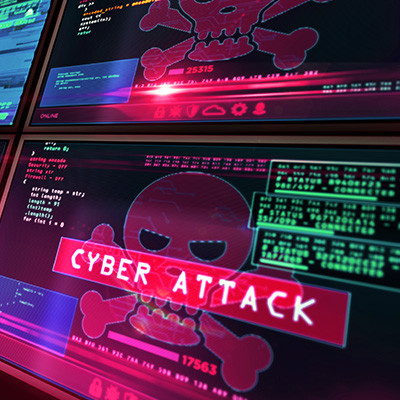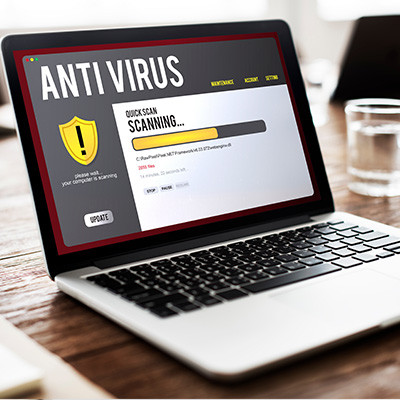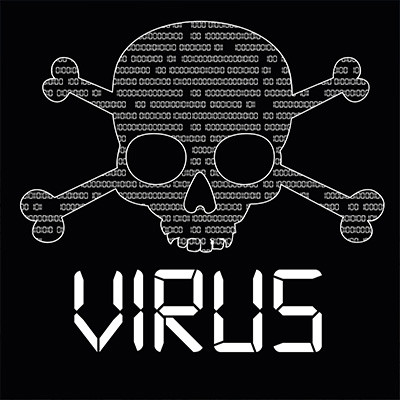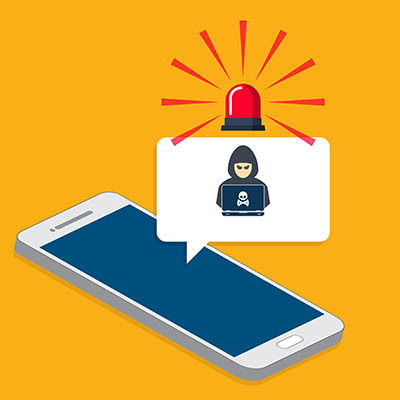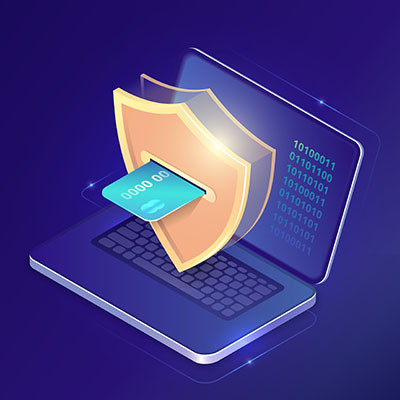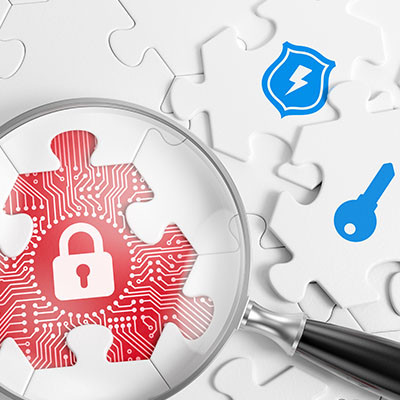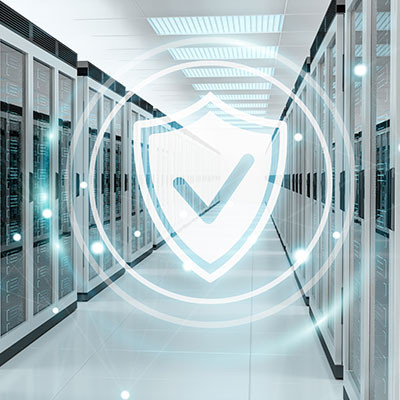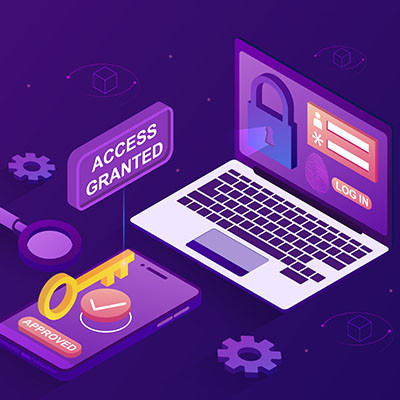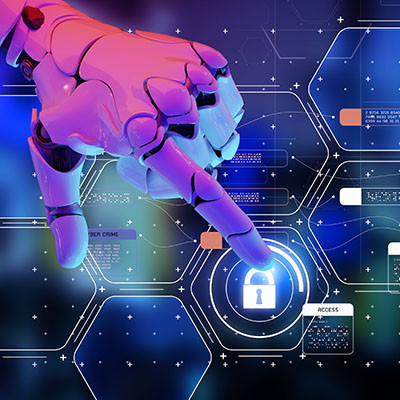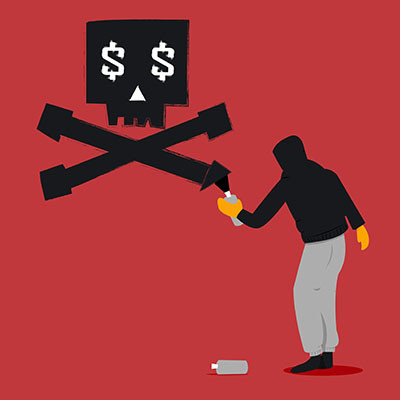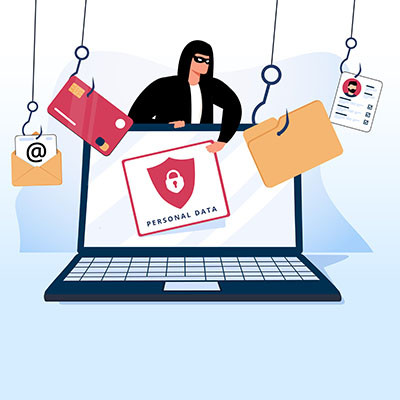WatchPoint Solutions Blog
In December of 2021, Twitter suffered from a vulnerability related to one of its APIs. In July of the following year, 5.4 million users had their data leaked, as a result of this vulnerability, and put on sale through the black market. Another hacker has recently put this data up for sale, proving that these API attacks are quite problematic not just for big social networks like Twitter, but all businesses.
We are beginning to see the terms “artificial intelligence” and “machine learning” popping up in a lot of places recently. They typically are used to describe software that has learning capabilities. With this advancement, many organizations are able to automate more of their business and reduce costs over time. Unfortunately, any good thing also comes with some drawbacks. In today’s blog we will introduce you to a phenomenon called data poisoning and what drawbacks it can have for your business.
If you think there is no way that a hacker could set sights on your business or impact your operations with a Distributed Denial of Service (DDoS) attack, then you’ve got another thing coming. Even the Vatican’s official website has fallen prey to such an attack, proving that even large organizations can suffer from these types of attacks.
Mobile malware isn’t as common as it is on desktops or laptops, but it does still exist. In fact, recently Google had to remove quite a few applications from the Google Play Store because they were infecting smartphones with malware and adware. If you have any of these apps, you need to take immediate action to uninstall them.
We can say all we like about how clicking on the wrong link could spell disaster for your business, but the unfortunate truth is that eventually you might encounter a situation where you are suspicious of a link that you simply aren’t sure of. In cases like these, you can use the following tools to test a link’s legitimacy before committing to it.
Cyberthreats are difficult enough when they aren’t trying to steal your hard-earned capital, and with digital payments making up about 41.8% of all payments made worldwide, you bet there are plenty of opportunities for fraud to occur. Let’s take a look at how you can ensure that your payment cards are protected.
It isn’t a secret that cybersecurity is critical for businesses today, at every level of their infrastructure. However, some recent data has been shared that very clearly outlines just how important visibility into your infrastructure really is. In case you hadn’t picked up on this, it’s very important.
We know we hype up multi-factor authentication, or MFA, quite a bit on this blog, and for good reason. When implemented correctly, it can be an effective deterrent for many cyberthreats out there. However, as they often do, hackers have found ways around MFA. Let’s take a look at how hackers find ways around MFA protection.
You might see articles on the Internet discussing “patches” and “updates,” and you might even be forgiven for thinking that they are the same thing when they are, in fact, not. There is indeed a difference, and it’s a big one. Let’s talk about how you might think about patches and security updates so that you might best deploy them month after month.
Malware is a common enough issue that it’s pretty well established in the public lexicon, and much more pertinently, the most dangerous malware has seen an increase of 86% year over year. Worse, this kind of malware is largely the variety that takes users by surprise… making it all the more important that your team members are defended against them. To accomplish this, artificial intelligence could be an essential tool.
Let’s say, hypothetically speaking, your business was infected with ransomware, and—despite our advice not to—you decided to pay the ransom. Once the money’s handed over, that’s the biggest cost that you might be subjected to, right?
Not so fast. Ransomware has many more impacts than that, each of which come with their own costs as well. Let’s dive into some of the other factors that also contribute to the cost of ransomware.
It always helps to be a little skeptical of any new USB drives appearing in the workplace, especially if you are security-minded. Distributing threats via USB drives is a common practice amongst hackers, and a new threat called Raspberry Robin has the potential to be a serious problem for unsecured businesses with poor security hygiene.
If there was a specific form of cyberattack that was responsible for a quarter of all data breaches, how seriously would you take it? Hopefully, pretty seriously, as this form of cyberattack exists. Phishing attacks, the infamous means of hacking an end user, remains a considerable threat to this day.
Reflecting on this, it seems prudent to review what phishing is and, crucially, how to avoid it.
